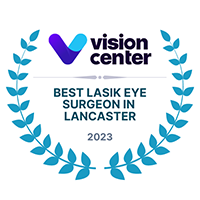Eye injuries at work are an alarmingly common problem. According to the U.S. Bureau of Labor Statistics, over 20,000 workplace eye injuries occur every year. These injuries cause people to miss work for recovery purposes and cost
thousands of dollars per incident. In fact, the Occupational Safety and Health Administration (OSHA) reports that the total cost of workplace eye injuries is approximately $300 million a year—this figure is generated by the combined cost of lost productivity, medical treatments and worker compensations.
Eye injury at the workplace can be as simple as eye strain or as serious as severe trauma and permanent physical damage causing vision loss and/or blindness. 90 percent of serious eye injuries at the workplace are considered to have been preventable by the application of proper protective eyewear.
Common causes of eye injury are as follows:
- Flying objects (most commonly bits of metal and glass)
- Particles
- Chemicals
- Tools
It is important that you take protect your eyes as seriously as the rest of your body. The eye is incredibly sensitive and can be damaged quite easily if not taken care of. Wearing protective eyewear is the first thing you should do when working in a potentially dangerous environment.
The type of eye protection you need to wear depends entirely on your work environment. If you are concerned that you aren’t taking the necessary precautions to protect your vision, here are a few good sources of information regarding eye protection in the work place:
- Eye and Face Protection
- Controlling Hazardous Fume and Gases during Welding
- Eye Protection against Radiant Energy
It is always a good idea to make sure your eye protective gear is OSHA-compliant and has been approved by the American National Standards Institute (ANSI).
In the event of an eye injury, be sure to see an ophthalmologist right away or if it is very severe go to the emergency room immediately. Eye injury doesn’t always physically appear to be as dangerous as it really is, and only a trained medical professional can determine the severity of said eye injury. If you have suffered an eye injury, delaying to seek medical attention could result in an increased risk of permanent blindness.






